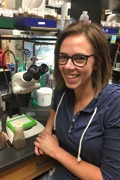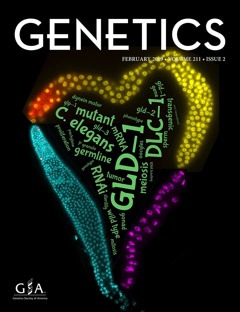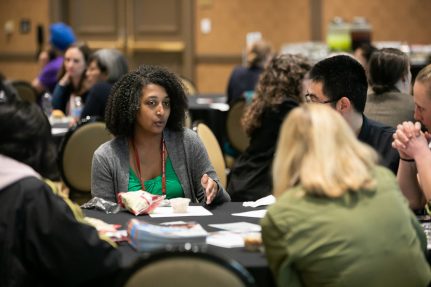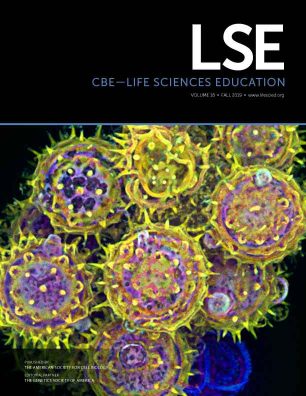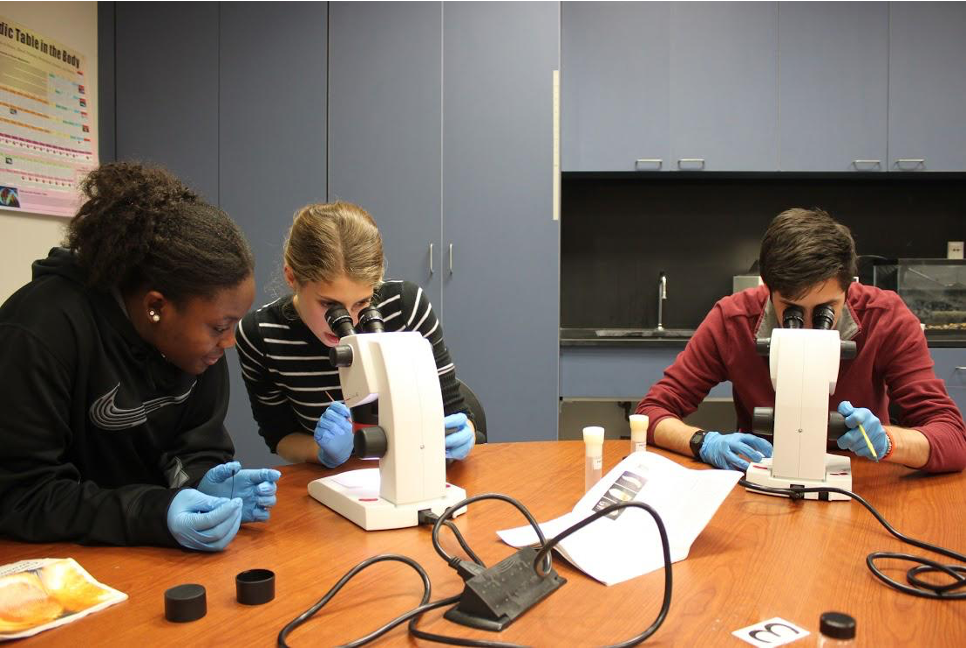Education
Education plays a vital role at every career stage. That’s why GSA has partnered with organizations that are dedicated to providing tools and programs for students and faculty alike. From education workshops to classroom materials, a range of resources enable members of our scientific community to share, collaborate, and learn together, strengthening our collective network and skills.

